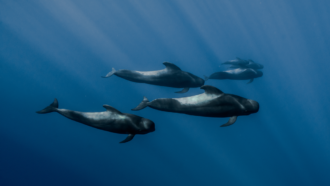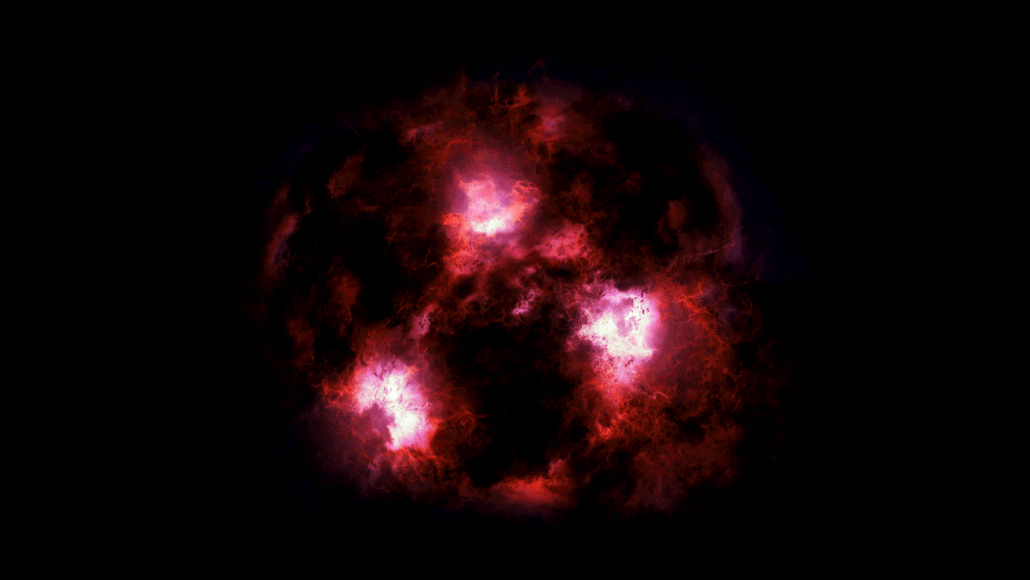
Carolyn Wilke earned her Ph.D. in environmental engineering at Northwestern University, where her research drew on the fields of environmental chemistry, materials science and toxicology. She got her start in science writing by blogging for HELIX, Northwestern’s science magazine and wrote as a AAAS Mass Media Fellow at The Sacramento Bee. Now a freelance science writer. Carolyn worked as a staff writer at Science News Explores and interned at Science News and The Scientist. When not delving into a new scientific discovery, you might find Carolyn behind her sewing machine or trying to amuse her cat.

All Stories by Carolyn Wilke
-
 Space
SpaceScientists Say: Gas giant
These gargantuan planets, such as Jupiter and Saturn, are mostly made up of hydrogen and helium gas.
-
 Brain
BrainCuriosity drives this neuroscientist and artist
Christine Liu studies the brain on nicotine — and used Instagram to bring together women doing incredible science.
-
 Earth
EarthScientists Say: Glacier
Glaciers are massive ‘rivers of ice’ that move slowly over land. But climate change is shrinking them.
-
 Health & Medicine
Health & MedicineScientists Say: Outbreak, Epidemic and Pandemic
These terms can describe what is happening as a disease spreads across communities, countries and the world.
-
 Physics
PhysicsScientists Say: Decibel
A decibel is a unit of measurement that describes a sound’s volume. It’s used for sounds that are in the range of human hearing.
-
 Ecosystems
EcosystemsScientists Say: Estuary
This is where a freshwater river meets a salty sea. This environment has brackish water, a mix of saltwater and freshwater.
-
 Physics
PhysicsScientists Say: Quark
These subatomic particles are the building blocks of bigger particles, including the protons and neutrons found in an atom’s nucleus.
-
 Microbes
MicrobesGlobetrotting microbes in airplane sewage may spread antibiotic resistance
Along with harder-to-kill microbes, airplane sewage contains a diverse set of the genes that let bacteria evade antibiotics.
-

-
 Earth
EarthScientists Say: Firewhirl and Firenado
Firewhirls are smallish vortices of ash and flame; firenadoes are true twisters set off by the conditions that come with a wildfire.
-
 Animals
AnimalsWhales echolocate with big clicks and tiny amounts of air
Toothed whales may echolocate using bits of air that they recycle inside their heads to conserve both air and energy.
-
 Space
SpaceDust-shrouded monster is a snapshot from the early universe
Scientists have spotted a massive galaxy from the early universe shrouded in dust. It turned up in a small survey by the ALMA radio telescopes in Chile.